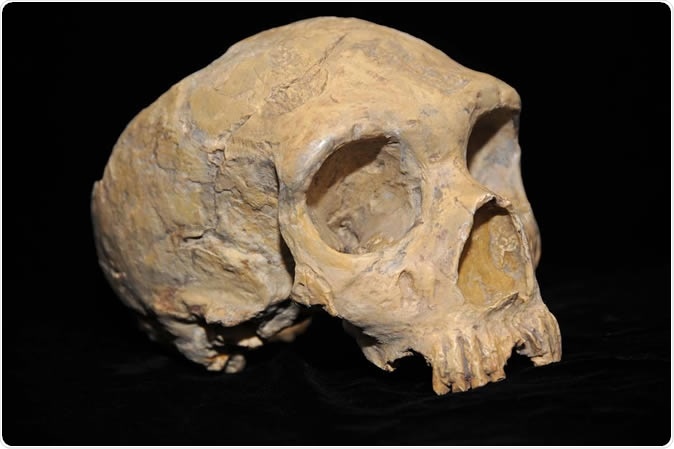
Earliest interbreeding event between ancient human populations discovered.
Alan Rogers is interested in understanding how ancient human populations lived, examining the DNA obtained from what he, with other scientists, call hominins – early humans. What he is doing is looking for common genes, mutations, and other patterns that could help him work out how these groups are related genetically. The foundation of such work is statistical.
A 2017 study by Rogers showed that there were signs that Neanderthals and Denisovans went their separate ways as population groups earlier than scientists had thought before. The global population of Neanderthals then became tens of thousands, rather than the estimated thousand that was thought to exist so far. Rogers came up with a population size beyond which a bottleneck would form.
This explains why different Neanderthal fossils show remarkable diversity between themselves, depending on where they were found, but within groups, there is a lot of inbreeding. This accounts for the presence of harmful mutations.
Other anthropologists like Mafessoni and Prufer disagreed because their DNA analytic techniques showed differing results. The problem, said Rogers, is that both he and they are right – but neither method is good at explaining genetic data.
The solution
The current study shows that this is due to the earliest interbreeding event discovered so far in ancient human experience. This is unique in that the Neanderthal-Denisovan groups and the super-archaics are farther apart, genetically speaking than any other interbreeding populations discovered until now.
Based on this, the researchers theorize that the "Out of Africa" movement, in which humans were thought to have migrated from Africa into Eurasia, actually followed a different timeline than that currently accepted.
Rogers says, "We've never known about this episode of interbreeding, and we've never been able to estimate the size of the super-archaic population. We're just shedding light on an interval that was previously completely dark."
Moreover, the method he used to examine the DNA of ancient humans is a novel technique of exploring human genes from much more long ago than ever before. It uses shared mutations in modern Africans and Europeans, as well as Neanderthals and Denisovans.
The human genome has over 3 billion nucleotides or building blocks. When a change occurs in one of these at a gene site, it is called a mutation. If this is heritable, that is, passed on to the next generation, it can be one way to identify the individuals belonging to that family.
Using a small fraction of the genome, namely, a few million nucleotide sites, which had a common gene mutation, among two or three groups of humans, the 2017 researchers discovered 10 different patterns of nucleotides.
In the current study, the observed pattern of mutation sharing indicates that these populations interbred with others five times, with one of these episodes being unknown so far. The timing of the interbreeding in human history says a lot about how long it takes for a human population to achieve reproductive isolation.
They also used other methods to analyze the genome so that they could estimate the time when different human populations of long ago separated from each other, and how big these populations were. The super-archaic group, for instance, seems to have formed its distinct species group, and maybe the fossil group found in Eurasia.
The scientists think that humans may have migrated into Eurasia in three waves. Following the separation of the super-archaic group, the Neanderthal-Denisovan ancestors followed their paths and rapidly became integrated with the super-archaics. The last wave occurred with modern humans who also interbred with these two other populations.
Rogers described his feelings when he came up with this theory: "I've been working for the last couple of years on this different way of analyzing genetic data to find out about history. It's just gratifying that you come up with a different way of looking at the data, and you end up discovering things that people haven't been able to see with other methods."
Source:
Earliest interbreeding event between ancient human populations discovered - https://unews.utah.edu/earliest-interbreeding-event/
Journal reference:
Neanderthal-Denisovan ancestors interbred with a distantly related hominin Alan R. Rogers, Nathan S. Harris and Alan A. Achenbach, Science Advances 20 Feb 2020: Vol. 6, no. 8, eaay5483 DOI: 10.1126/sciadv.aay5483, https://advances.sciencemag.org/content/6/8/eaay5483